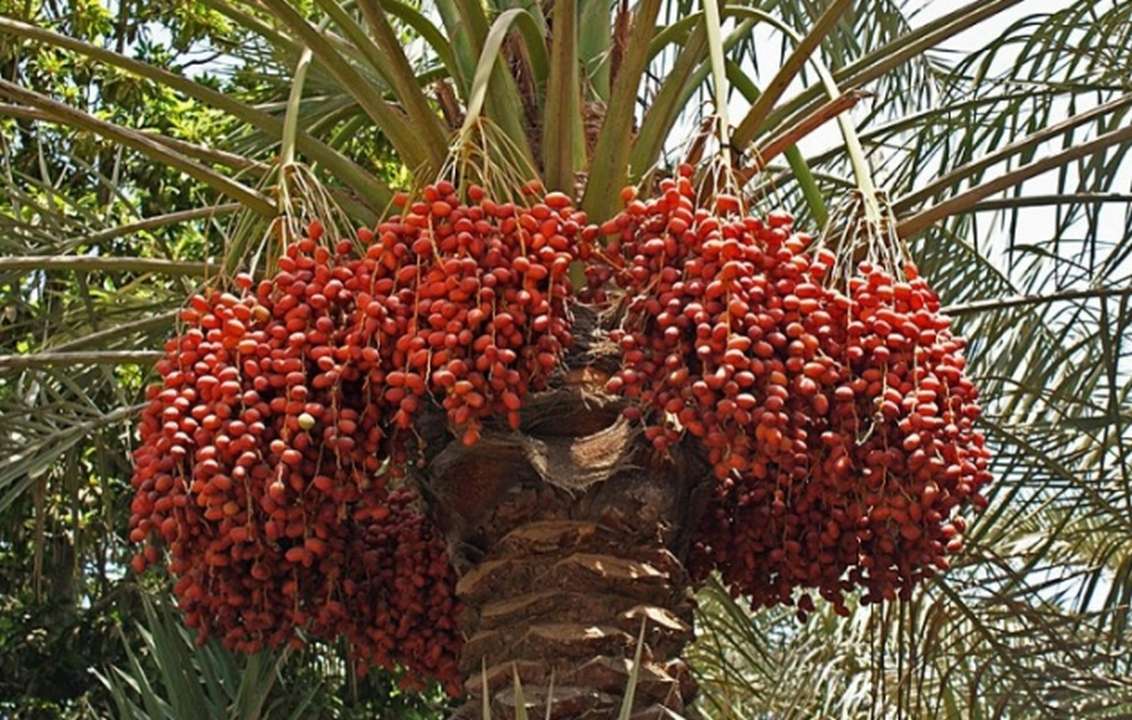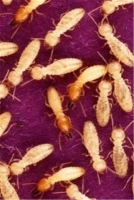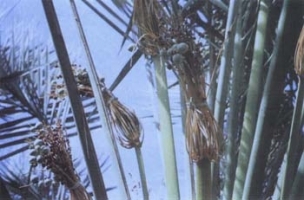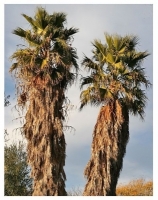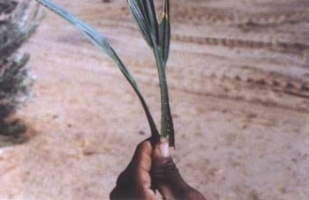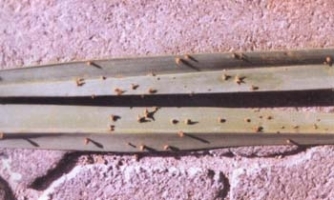General Information
Date palm is oldest tree cultivated on earth. They are excellent source of calcium, sugar, iron and potassium. They are used in many social and religious festivals. Also they have many health benefits like relive constipation, reduce heart disease, control diarrhea and help in pregnancy.
Date cultivation is mainly concentrated in Arabic countries, Israel and Africa. Iran is major producer and exporter of dates. From last decades Indian Government take lot of effort and increased area under date palm cultivation. In India, Rajasthan, Gujarat, Tamil Nadu and Kerala are major date growing states. In Rajasthan, state government promote date farming in 12 districts i.e Jaisalmer, Barmer, Jodhpur, Bikaner, Hanumangarh, Sri Ganganagar, Nagaur, Pali, Jalore, Jhunjhunu, sirohi and churu and gives various subsidy to encourage its farming. Near about 813ha is under date palm cultivation.

